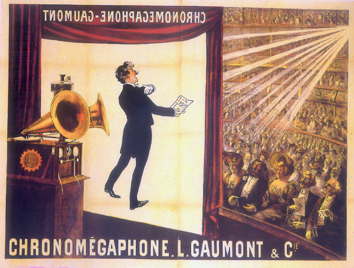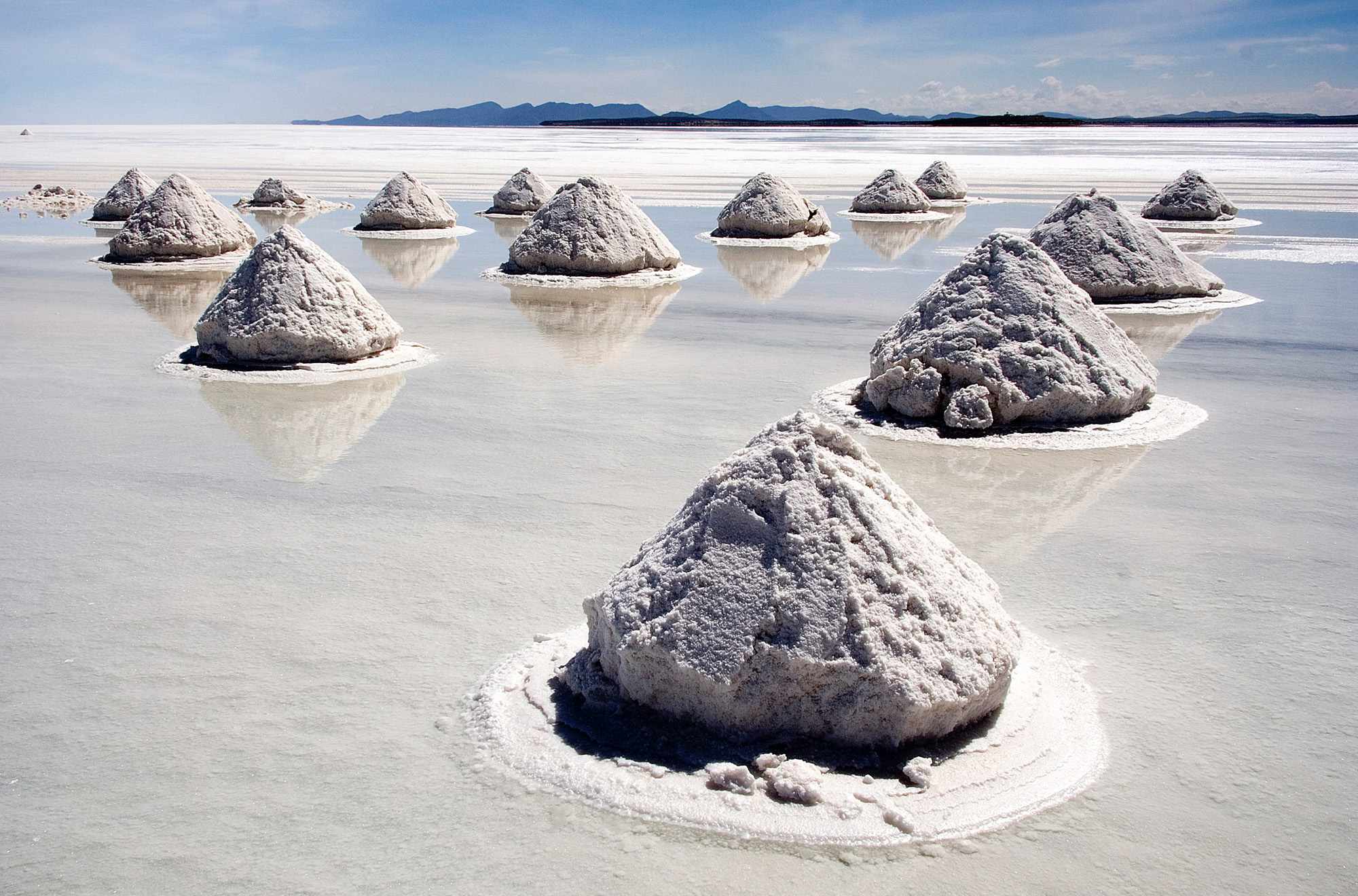|
Paris Exposition Of 1900
The Exposition Universelle of 1900, better known in English as the 1900 Paris Exposition, was a world's fair held in Paris, France, from 14 April to 12 November 1900, to celebrate the achievements of the past century and to accelerate development into the next. It was held at the esplanade of Les Invalides, the Champ de Mars, the Trocadéro and at the banks of the Seine between them, with an additional section in the Bois de Vincennes, and it was visited by more than 50 million people. Many international congresses and other events were held within the framework of the Exposition, including the 1900 Summer Olympics. Many technological innovations were displayed at the Fair, including the ''Grande Roue de Paris'' ferris wheel, the ''Rue de l'Avenir'' moving sidewalk, the first ever regular passenger trolleybus line, escalators, diesel engines, electric cars, dry cell batteries, electric fire engines, talking films, the telegraphone (the first magnetic audio recorder), the galal ... [...More Info...] [...Related Items...] OR: [Wikipedia] [Google] [Baidu] |
International Recognized Exhibition
A world's fair, also known as a universal exhibition or an expo, is a large international exhibition designed to showcase the achievements of nations. These exhibitions vary in character and are held in different parts of the world at a specific site for a period of time, typically between three and six months. The term "world's fair" is commonly used in the United States, while the French term, ("universal exhibition") is used in most of Europe and Asia; other terms include World Expo or Specialised Expo, with the word expo used for various types of exhibitions since at least 1958. Since the adoption of the 1928 Convention Relating to International Exhibitions, the Paris-based Bureau International des Expositions has served as an international sanctioning body for international exhibitions; four types of international exhibition are organised under its auspices: World Expos, Specialised Expos, Horticultural Expos (regulated by the International Association of Horticultural P ... [...More Info...] [...Related Items...] OR: [Wikipedia] [Google] [Baidu] |
Ferris Wheel
A Ferris wheel (also called a Giant Wheel or an observation wheel) is an amusement ride consisting of a rotating upright wheel with multiple passenger-carrying components (commonly referred to as passenger cars, cabins, tubs, gondolas, capsules, or pods) attached to the rim in such a way that as the wheel turns, they are kept upright, usually by gravity. Some of the largest modern Ferris wheels have cars mounted on the outside of the rim, with electric motors to independently rotate each car to keep it upright. These cars are often referred to as capsules or pods. The original Ferris Wheel was designed and constructed by George Washington Gale Ferris Jr. as a landmark for the 1893 World's Columbian Exposition in Chicago; however, wheels of this form predate Ferris's wheel by centuries. The generic term "Ferris wheel," now used in English for all such structures, has become the most common type of amusement ride at state fairs in the United States. The tallest Ferris wheel, th ... [...More Info...] [...Related Items...] OR: [Wikipedia] [Google] [Baidu] |
Art Nouveau
Art Nouveau (; ) is an international style of art, architecture, and applied art, especially the decorative arts. The style is known by different names in different languages: in German, in Italian, in Catalan, and also known as the Modern Style (British Art Nouveau style), Modern Style in English. It was popular between 1890 and 1910 during the Belle Époque period, and was a reaction against the academic art, eclecticism and historicism of 19th century architecture and decoration. It was often inspired by natural forms such as the sinuous curves of plants and flowers. Other characteristics of Art Nouveau were a sense of dynamism and movement, often given by asymmetry or whiplash lines, and the use of modern materials, particularly iron, glass, ceramics and later concrete, to create unusual forms and larger open spaces.Sembach, Klaus-Jürgen, ''L'Art Nouveau'' (2013), pp. 8–30 One major objective of Art Nouveau was to break down the traditional distinction between fine ... [...More Info...] [...Related Items...] OR: [Wikipedia] [Google] [Baidu] |
Matryoshka Doll
Matryoshka dolls ( ; rus, матрёшка, p=mɐˈtrʲɵʂkə, a=Ru-матрёшка.ogg), also known as stacking dolls, nesting dolls, Russian tea dolls, or Russian dolls, are a set of wooden dolls of decreasing size placed one inside another. The name ''matryoshka'', mainly known as "little matron", is a diminutive form of ''Matryosha'' (), in turn a diminutive of the Russian female first name ''Matryona'' (). A set of matryoshkas consists of a wooden figure, which separates at the middle, top from bottom, to reveal a smaller figure of the same sort inside, which has, in turn, another figure inside of it, and so on. The first Russian nested doll set was made in 1890 by wood turning craftsman and wood carver Vasily Zvyozdochkin from a design by Sergey Malyutin, who was a folk crafts painter at Abramtsevo. Traditionally the outer layer is a woman, dressed in a sarafan, a long and shapeless traditional Russian peasant jumper dress. The figures inside may be of any gender; ... [...More Info...] [...Related Items...] OR: [Wikipedia] [Google] [Baidu] |
Galalith
Galalith (Erinoid in the United Kingdom) is a synthetic plastic material manufactured by the interaction of casein and formaldehyde. The commercial name is derived from the Ancient Greek words (, "milk") and (, "stone"). It is odourless, insoluble in water, biodegradable, allergenic, non-allergenic, antistatic and virtually nonflammable. It was produced under other names such as aladdinite (in the US), Casolith (in the Netherlands) and lactoloid (in Japan). Discovery In 1893, French chemist Auguste Trillat discovered the means to insolubilize (i.e., to make a substance incapable of being dissolved in a liquid, especially water) casein by immersion in formaldehyde Formaldehyde ( , ) (systematic name methanal) is a naturally occurring organic compound with the formula and structure . The pure compound is a pungent, colourless gas that polymerises spontaneously into paraformaldehyde (refer to section F .... In 1897, Wilhelm Krische, a printer from Hanover, was commission ... [...More Info...] [...Related Items...] OR: [Wikipedia] [Google] [Baidu] |
Sound Film
A sound film is a motion picture with synchronized sound, or sound technologically coupled to image, as opposed to a silent film. The first known public exhibition of projected sound films took place in Paris in 1900, but decades passed before sound motion pictures became commercially practical. Reliable synchronization was difficult to achieve with the early sound-on-disc systems, and amplification and recording quality were also inadequate. Innovations in sound-on-film led to the first commercial screening of short motion pictures using the technology, which took place in 1923. The primary steps in the commercialization of sound cinema were taken in the mid-to-late 1920s. At first, the sound films which included synchronized dialogue, known as "talking pictures", or "talkies", were exclusively shorts. The earliest feature-length movies with recorded sound included only music and effects. The first feature film originally presented as a talkie (although it had only limited so ... [...More Info...] [...Related Items...] OR: [Wikipedia] [Google] [Baidu] |
Electric Fire Engine
The electric fire engine is a fire engine with a water pump, used to distribute water to put out a fire, operated by an electric motor. Electric fire engines were first proposed in the 19th century to replace the steam pumpers used for firefighting. The electric motor was claimed to be simpler, cleaner, and faster in operation, would save money, and require less maintenance than the steam fire engine. Contemporary battery-operated models also exist. History Schuyler Wheeler invention American inventor Schuyler Wheeler patented an electric fire engine system in the United States in 1885. He filed his invention in 1882 and the patent was issued in 1885. The system included electrical infrastructure, with electric motor driven water pumps, on a horse-drawn vehicle. The fire-engine vehicle was designed with the same general equipment as a regular steam fire engine of the time, but used electrically operated equipment instead of steam power. It was designed with an electrical reg ... [...More Info...] [...Related Items...] OR: [Wikipedia] [Google] [Baidu] |
Zinc–carbon Battery
A zinc–carbon battery (or carbon zinc battery in U.S. English) is a dry cell primary battery that provides direct electric current from the electrochemical reaction between zinc and manganese dioxide (MnO2) in the presence of an electrolyte. It produces a voltage of about 1.5 volts between the zinc anode, which is typically constructed as a cylindrical container for the battery cell, and a carbon rod surrounded by a compound with a higher Standard electrode potential (positive polarity), known as the cathode, that collects the current from the manganese dioxide electrode. The name "zinc-carbon" is slightly misleading as it implies that carbon is acting as the oxidizing agent rather than the manganese dioxide. General-purpose batteries may use an acidic aqueous paste of ammonium chloride (NH4Cl) as electrolyte, with some zinc chloride solution on a paper separator to act as what is known as a salt bridge. ''Heavy-duty'' types use a paste primarily composed of zinc chloride (ZnC ... [...More Info...] [...Related Items...] OR: [Wikipedia] [Google] [Baidu] |
Electric Car
An electric car, battery electric car, or all-electric car is an automobile that is propelled by one or more electric motors, using only energy stored in batteries. Compared to internal combustion engine (ICE) vehicles, electric cars are quieter, have no exhaust emissions, and lower emissions overall. In the United States and the European Union, as of 2020, the total cost of ownership of recent electric vehicles is cheaper than that of equivalent ICE cars, due to lower fueling and maintenance costs. Charging an electric car can be done at a variety of charging stations; these charging stations can be installed in both houses and public areas. Worldwide, 6.6 million plug-in electric cars were sold in 2021, more than doubling 2020 sales, and achieving a market share of 9% of the global new car market. All-electric cars represented 71% of plug-in car sales in 2021. , 16 million plug-in electric cars were on the world's roads. Many countries have established government ... [...More Info...] [...Related Items...] OR: [Wikipedia] [Google] [Baidu] |
Diesel Engine
The diesel engine, named after Rudolf Diesel, is an internal combustion engine in which ignition of the fuel is caused by the elevated temperature of the air in the cylinder due to mechanical compression; thus, the diesel engine is a so-called compression-ignition engine (CI engine). This contrasts with engines using spark plug-ignition of the air-fuel mixture, such as a petrol engine (gasoline engine) or a gas engine (using a gaseous fuel like natural gas or liquefied petroleum gas). Diesel engines work by compressing only air, or air plus residual combustion gases from the exhaust (known as exhaust gas recirculation (EGR)). Air is inducted into the chamber during the intake stroke, and compressed during the compression stroke. This increases the air temperature inside the cylinder to such a high degree that atomised diesel fuel injected into the combustion chamber ignites. With the fuel being injected into the air just before combustion, the dispersion of the fuel is une ... [...More Info...] [...Related Items...] OR: [Wikipedia] [Google] [Baidu] |
Escalator
An escalator is a moving staircase which carries people between floors of a building or structure. It consists of a motor-driven chain of individually linked steps on a track which cycle on a pair of tracks which keep the step tread horizontal. Escalators are often used around the world in places where lifts would be impractical, or they can be used in conjunction with them. Principal areas of usage include department stores, shopping malls, airports, transit systems (railway/railroad stations), convention centers, hotels, arenas, stadiums and public buildings. Escalators have the capacity to move large numbers of people. They have no waiting interval (except during very heavy traffic). They can be used to guide people toward main exits or special exhibits and may be weatherproofed for outdoor use. A non-functional escalator can function as a normal staircase, whereas many other methods of transport become useless when they break down or lose power. Design, components ... [...More Info...] [...Related Items...] OR: [Wikipedia] [Google] [Baidu] |










